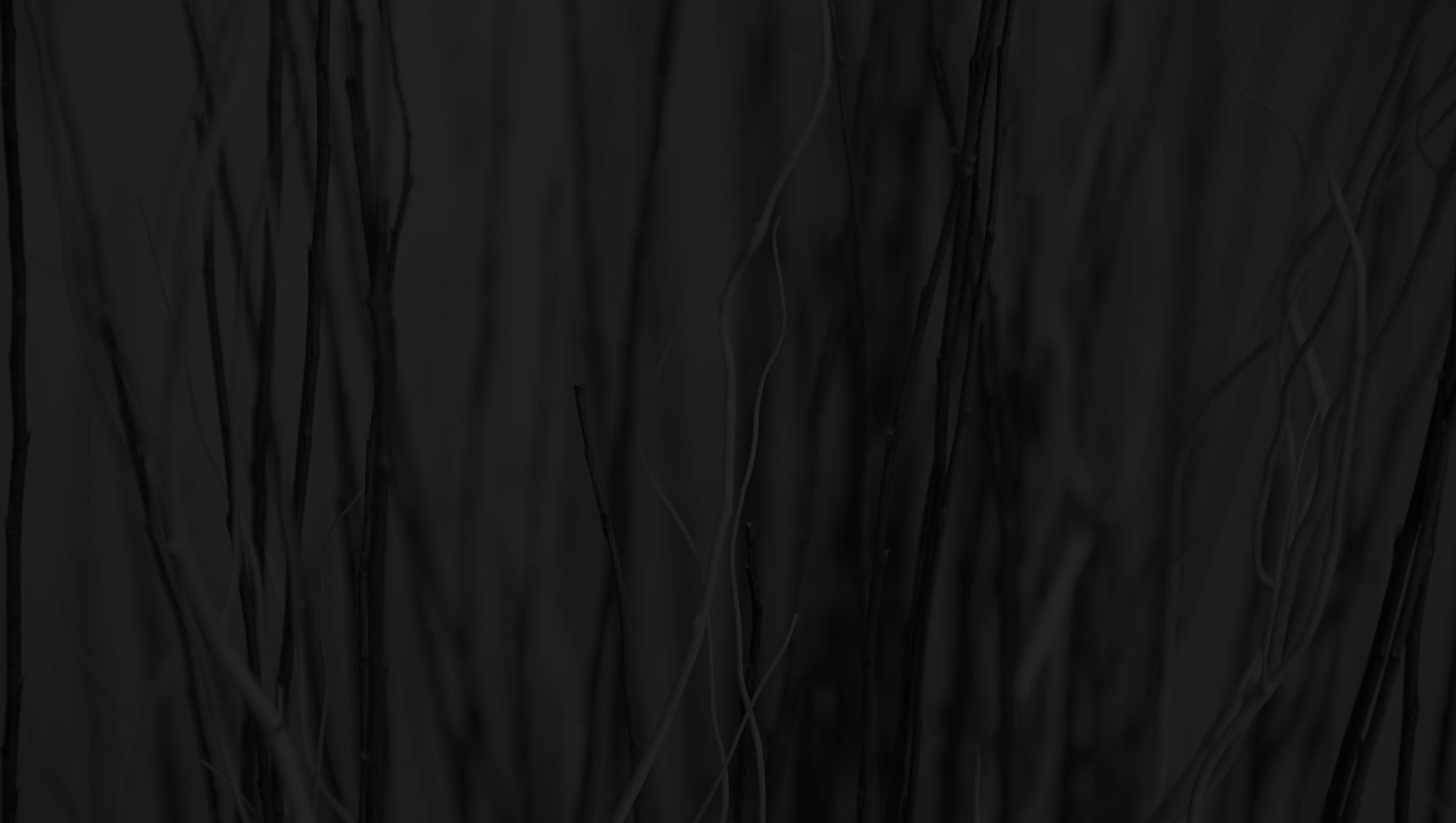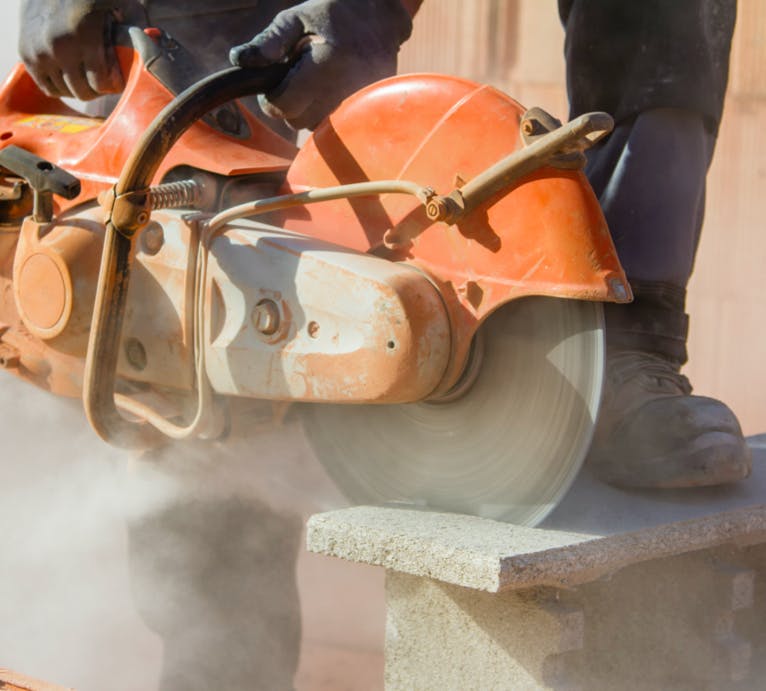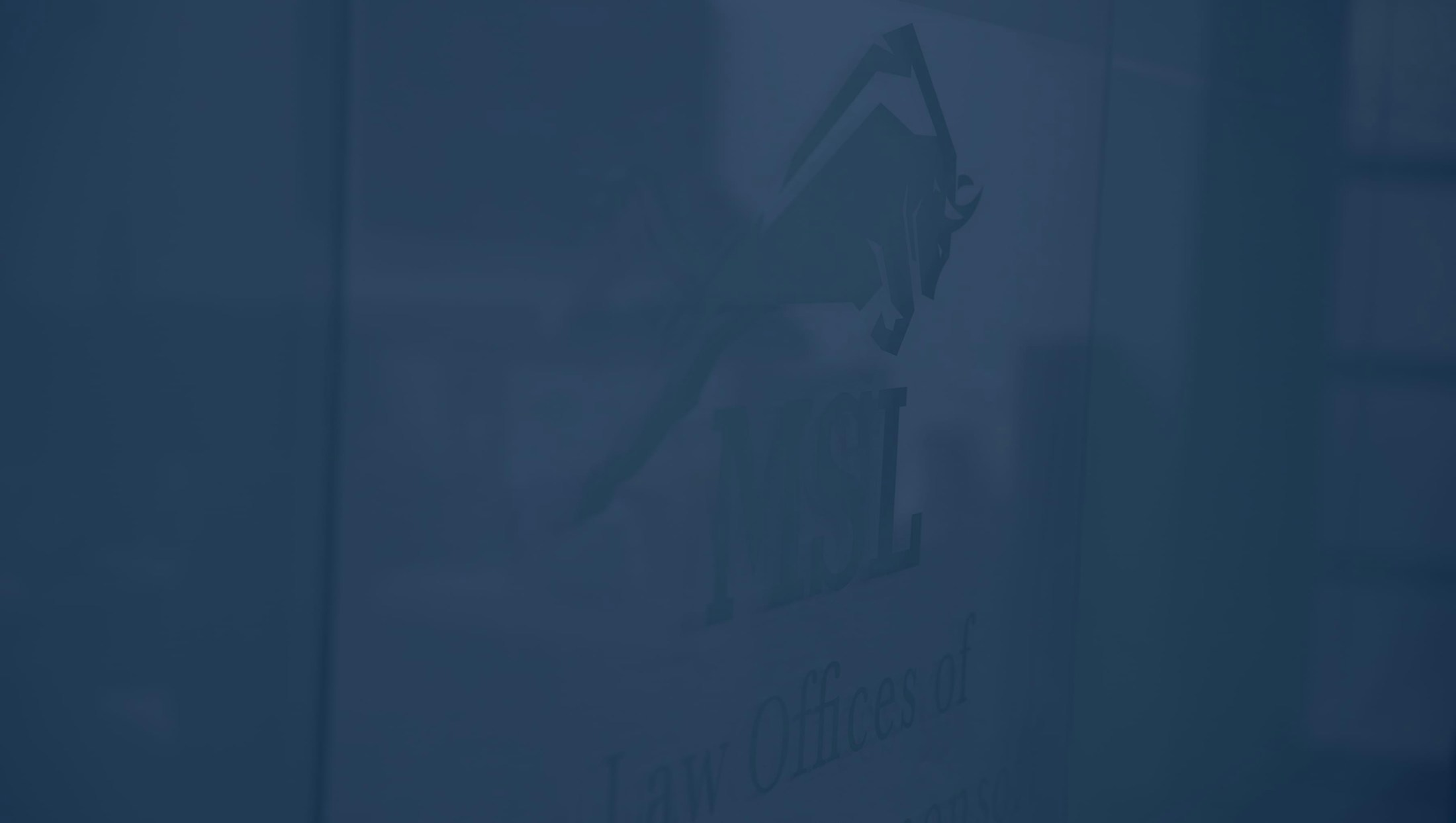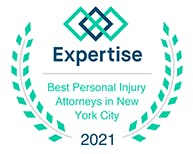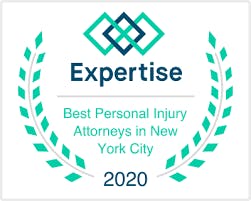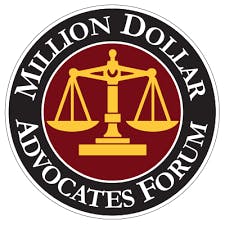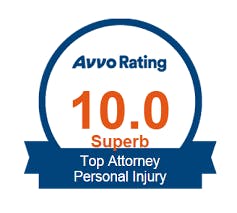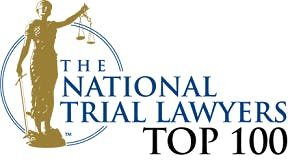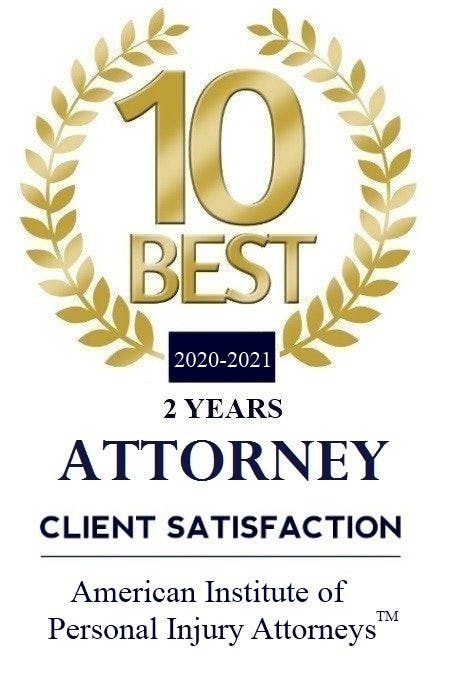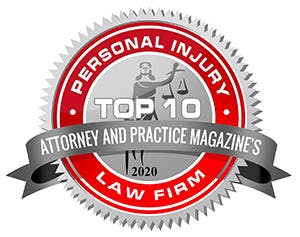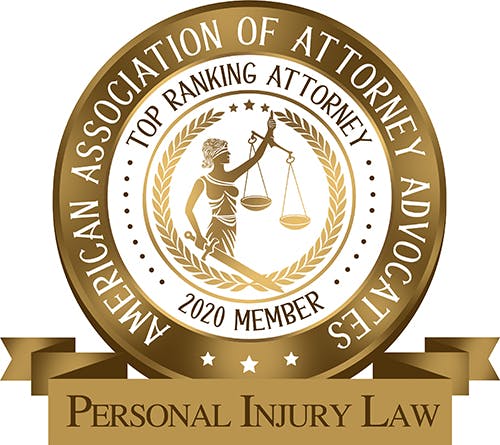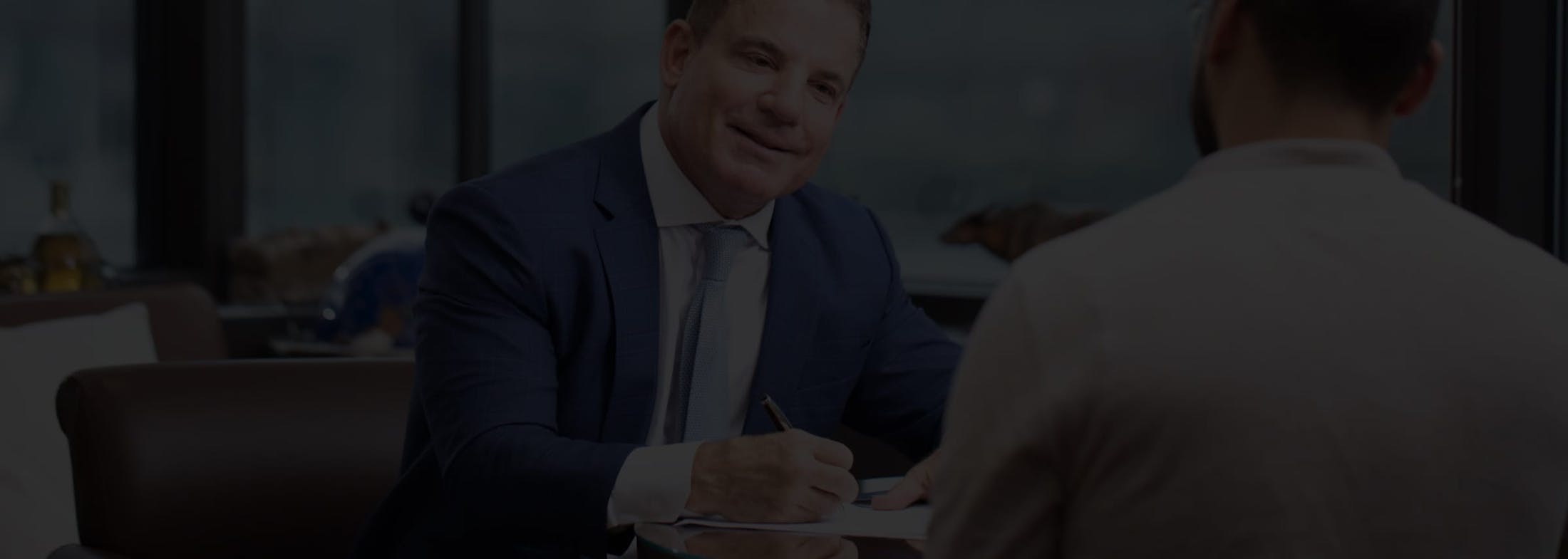Causes of Saw & Cutting Blade Accidents on NY Construction Sites
Saw and blade accidents can occur due to multiple overlapping causes, many of which are preventable:
- Defective or Worn-Out Blades: Blades that are dull, chipped, or cracked can shatter or bind, causing serious injuries.
- Lack of Blade Guards: Operating saws without proper guarding is one of the leading contributors to amputations and lacerations.
- Improper Training: Workers unfamiliar with the torque, blade movement, and kickback risks of a saw are more likely to misuse the tool.
- Inadequate PPE: Lack of gloves, face shields, and cut-resistant garments increases vulnerability.
- Debris and Poor Housekeeping: Loose materials or unstable surfaces can interfere with saw stability and operator control.
- Horseplay or Distractions: Operating power saws requires complete focus. Even minor distractions can result in devastating injuries.
- Improper Blade Installation: Misaligned or loose blades can dislodge during use, becoming dangerous projectiles.


